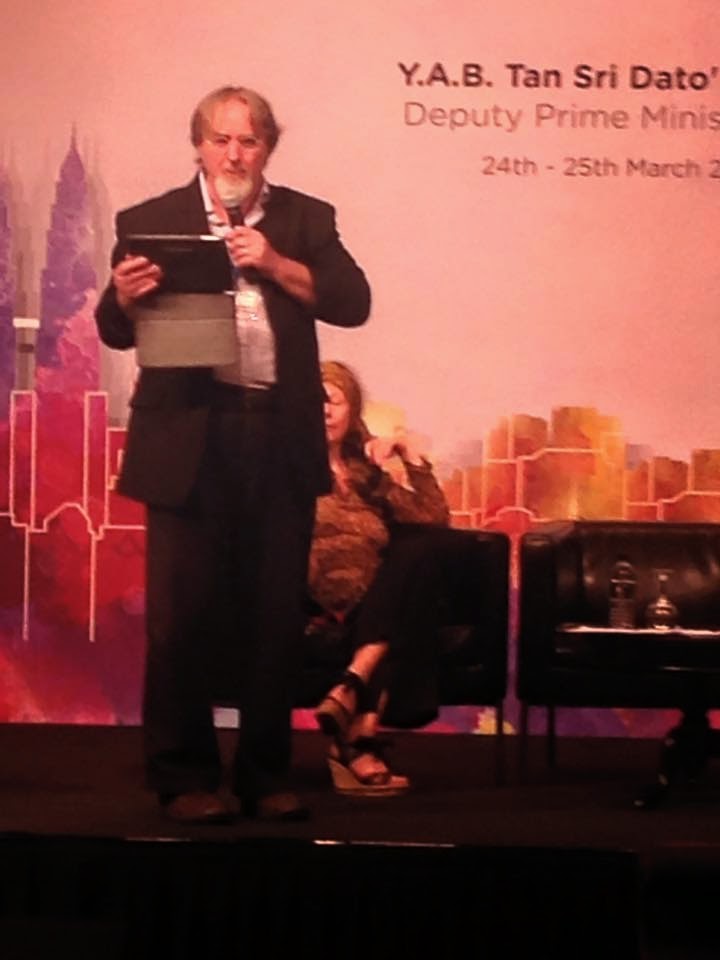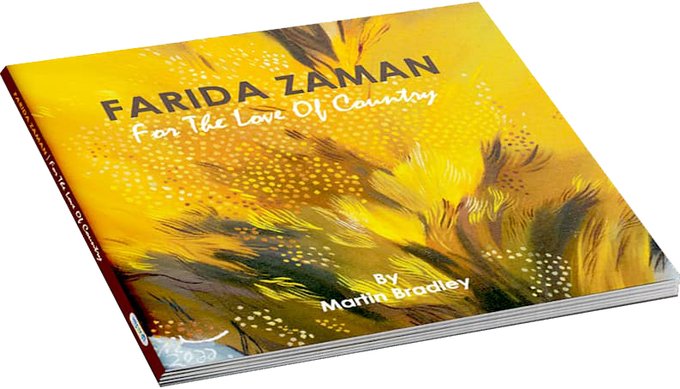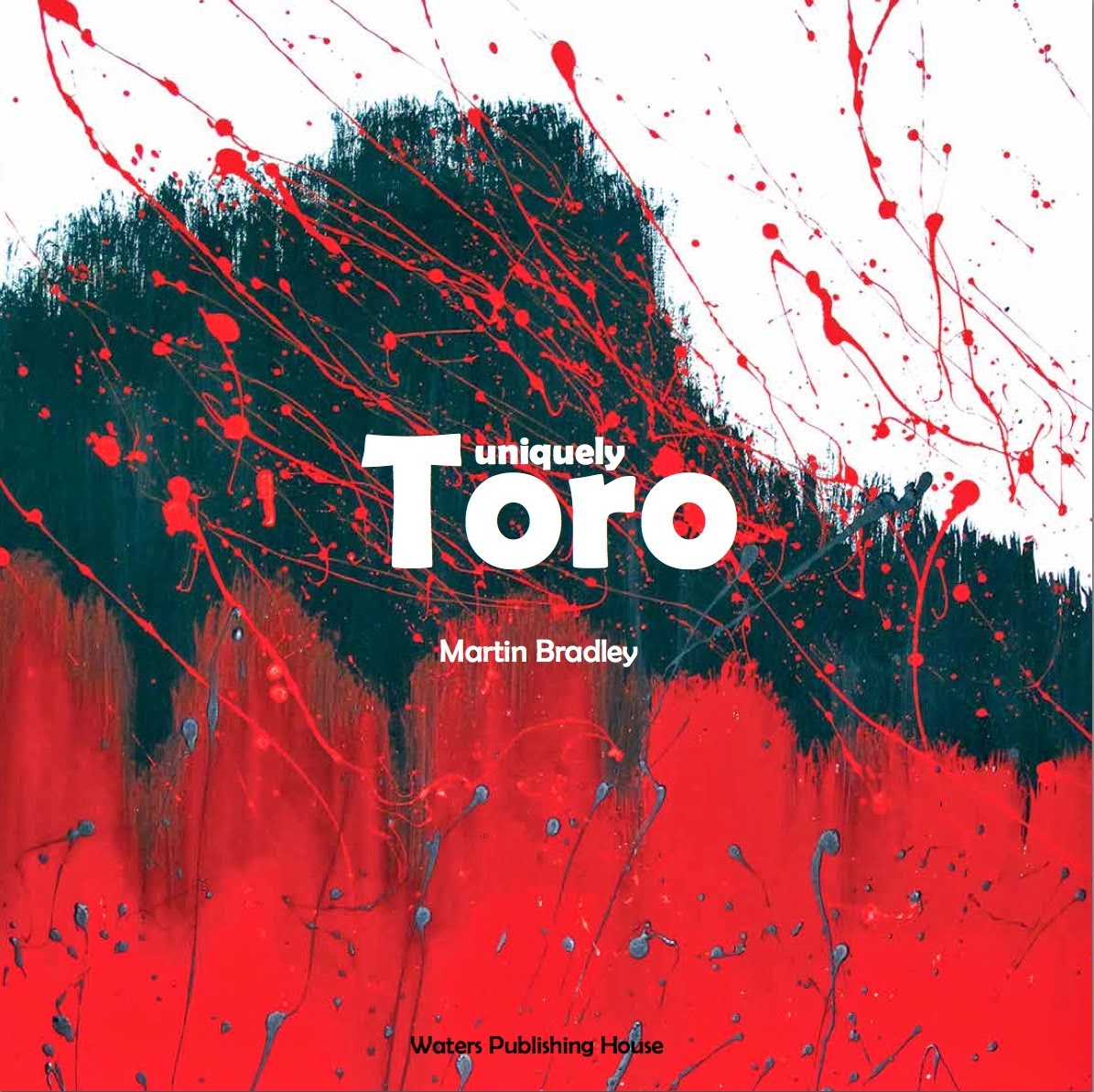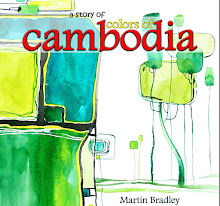Tuesday 21 April 2015
Friday 10 April 2015
Play it again.............
After arrival at the hotel, the previous day, I had travelled out to Bras Basah, specifically to see the art book shops. And book shops there were, aplenty. Baasher Books being the more interesting, having a huge selection of books about design and art, but at what a price. All too expensive for me and my poor Malaysian Ringgit.
Bras Basah was tucked around the back of Singapore's Museum of Art or SAM. This particular day I had intended to visit the new Singapore National Art Gallery, only to find that it would not be open until November. It was April. I didn't wait. So NAFA, or the Nanyang Academy of Fine Art, it was to be, instead. I had read that there was a very interesting exhibition of the works of the Mexican muralist - Diego Rivera happening there, and was very excited. I had taken a course on Latin American Art as part of my first ‘taught’ Master’s Degree, at the University of Essex, learning from Prof. Dawn Ades (CBE) and Dr. Valerie Fraser, and so my hopes were high.
Sad to say that NAFA was a blow out. Having walked a considerable distance along Bencoolen St. rife with noisy, dusty public works and Singapore's oppressive heat, to see the Diego Rivera exhibition, there was no curator present. There was no individual with any information about the exhibition. No one to give permission for photographs. Through a passing person with a Walkie talkie I asked the publicity dept. to contact me. She said they would, the following day. Of course they didn't. I never had a reply to the two business cards, I had left at NAFA. And no photographs, oh no you must not take photographs with your iPad. But why? NAFA is not selling postcards, and there is no catalogue. iPads use no flash, so will not injure the paintings. A grave disappointment. The gallery was empty, and no wonder why. Sorry Singapore but you can do much better than this. Lim Hak Tai would be turning in his grave if he knew.
I will then say nothing more about the Diego Rivera exhibition, as I have no intention to give free advertising to an institution that cannot be bothered to interact with gallery visitors. Such a pity.
And then, finally, it was on to SAM. The Singapore Art Museum (SAM) houses contemporary art, or is that Contemporary Art, I forget. Unfortunately, the day I attended many galleries were closed, and a troupe of school children were making their noisy way round. I had a brief discussion with a very pleasant Indian gallery attendant. We spoke about the display of some drawings, their buckling in the air conditioning, and if that was part of the display, or incidental. It seems that the buckling was due to the constant air conditioning, and not integral to the artworks.
In another gallery I engaged a Chinese attendant. He wanted not answer my question about the incorrect use of the word collage on the exhibit's label (it should have been montage), but instead he insisted on telling me what the photo was of. Perhaps I expect too much of the SAM staff, they are certainly miles better than those at Malaysia's National Visual Arts Museum (Kuala Lumpur).
Incidentally, just to remind you, dear reader….collage is “a piece of art made by sticking various different materials such as photographs and pieces of paper or fabric on to a backing. A collection or combination of various things.”
The key terms are ‘different’ materials or ‘various’ things. Whereas a Montage is a composite picture made by combining several separate pictures, or things of the same material, i.e. photographs.
My debate with the Indian lady (above) centred around the need to explain Contemporary Art. I felt that Contemporary Artists, sometimes, ask an awful lot of their audiences. The attendant suggested that is what the text and labels were for. I disagreed, saying that the image should capture attention and, to some extent, be self explanatory. She admitted that she had seen many visitors take one glance at the images, and just walk through the gallery.
 |
| Pepe |
 |
| Marcial Bonifacio |
Noted Contemporary British artist, Grayson Perry (in his book Playing to the Gallery) suggested a hot formula for Contemporary Art. He proposed a half decent idea, over an ambitious dealer, times the number of studio assistants equals the amount of hedge fund managers and oligarchs in the world. He may or may not have been considering Damien Hirst at the time. Perry brings all sorts of other arguments into his, including art linked to commerce by an umbilical cord of gold, validation by established art notaries, eg. auction houses or museums of art which lend respectability and therefore validate the artist, and his/her work.
Nevertheless, a tourist walking in off the street, paying his/her $SD10 to be entertained, may or may not have specific knowledge about Contemporary Art, may or may not have an inkling about the subject, the ability or will to read explanations. Without that the Contemporary Art work has to fall back on its ability to captivate sans external information. I would argue that Zafra's two pieces were less than successful in that regard.
The J. Paul Getty Museum's web page suggests that "When engaging with contemporary art, viewers are challenged to set aside questions such as, "Is a work of art good?" or "Is the work aesthetically pleasing?" Instead, viewers consider whether art is "challenging" or "interesting." Contemporary artists may question traditional ideas of how art is defined, what constitutes art, and how art is made, while creating a dialogue with—and in some cases rejecting—the styles and movements that came before them." Does this definition help. Maybe not. Especially when someone has little experience of being challenged in this way. The "challenge" may be heightening barriers already erected through unfamiliarity with newer ways of thinking about and manufacturing art objects. The phrases elitist and elitism, Emperor's New Clothes, etc. spring readily to mind.
Wednesday 1 April 2015
Subscribe to:
Posts (Atom)








































